A further seven white-tailed eagles have been released on the Isle of Wight, marking the next stage of the project.
The five-year reintroduction programme now in its second year is led by Forestry England and the Roy Dennis Wildlife Foundation, and aims to restore this lost species after an absence of 240 years.
Over five years, up to 60 white-tailed eagles will be released with the aim of establishing an initial population of 6- 8 breeding pairs on the Isle of Wight and along the mainland coast. The first six birds were released last year.
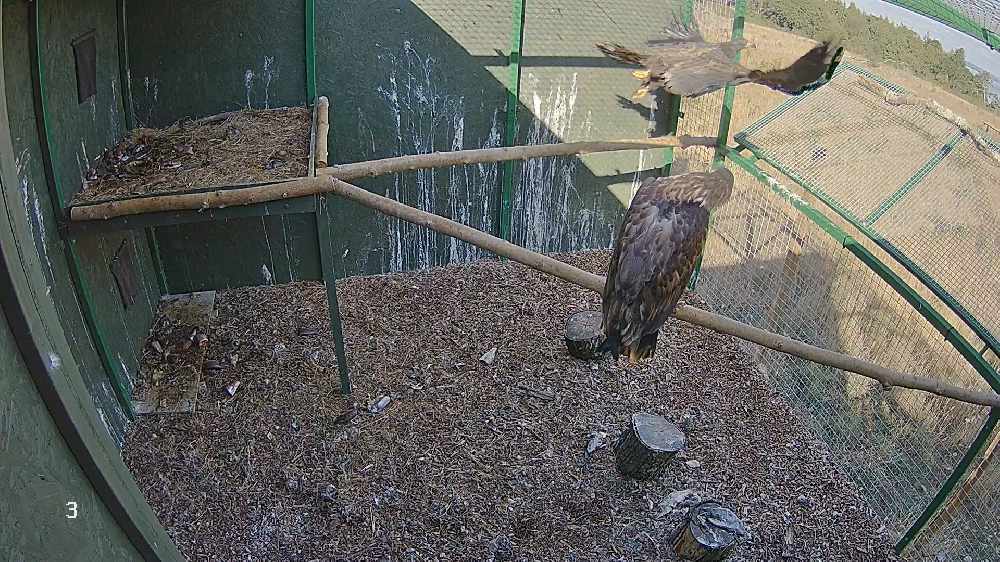
It will take several years for the young birds to become established and breeding is not expected to start until at least 2024.
Each bird is fitted with a satellite tracker to enable the team to monitor and track their progress. Evidence from similar reintroductions suggests that the rate of survival to breeding age is around 40%, and four of the six birds released last year have survived and are doing well.
As they mature the released white-tailed eagles have, as expected, begun to explore widely. Their journeys have taken them across much of England as they explore and learn about the landscape for the first time. Between these explorations, the birds have regularly been seen fishing for Grey Mullet in the estuaries of the Solent and observed in the skies over the Isle of Wight.
Bird enthusiasts and members of the public across the country have supported the project by reporting sightings of the eagles and sharing these via @seaeagleengland on social media.
Roy Dennis, Founder of the Roy Dennis Wildlife Foundation said:
“We are delighted that we have been able to release this next group of birds this year as planned. We have seen from other reintroduction programmes that returning lost species offers real benefits for the health of our environment, and to people and local economies. This is particularly important at these difficult times as people rediscover nature and its benefits.”
“It has been very exciting to follow the exploratory flights of the birds we released last year and to see how they are learning to live successfully in the English landscape. We have been particularly encouraged that the birds have been catching Grey Mullet in the estuaries of the Isle of Wight because we believe this will become an important food source as the population develops, and is one of the key reasons we considered the Isle of Wight and the South Coast suitable for a reintroduction.”
“A project like this relies upon the involvement and support of many, many people. I would like to thank everyone who has helped us again this year including the local organisations and individuals on our steering group. We look forward to the day when these amazing birds become a regular feature in the skies above us.”
Steve Egerton-Read, White-Tailed Eagle Project Officer, Forestry England, said:
“We are now a year on from the release of the first white-tailed eagles and it’s very encouraging to see them doing well. We have been following their movements closely using the satellite monitoring, field visits and reports from members of the public.”
“It will be fascinating to see how the young birds released this summer explore and how they interact with the slightly older birds released in 2019. Thank you to everyone who continues to support us by reporting observations and photos of the birds as they travel around the country, we are always keen to hear about your amazing sightings.”
The reintroduction of Britain’s largest bird of prey is being conducted under licence from Natural England, the Government’s wildlife licensing authority. All of the young birds involved in the project are collected under a Scottish Natural Heritage licence from the wild in Scotland and brought to the Isle of Wight.
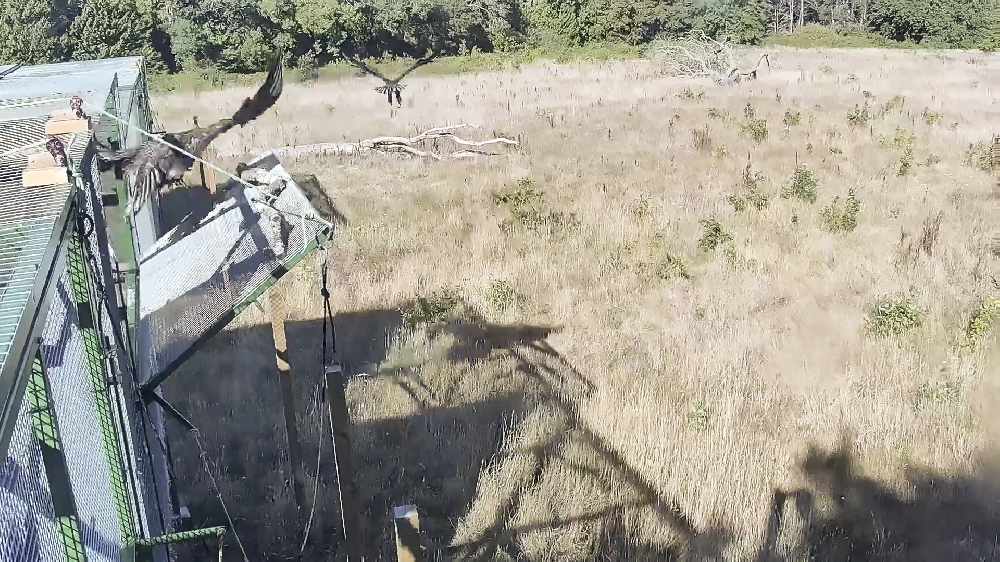
Natural England Chair, Tony Juniper, said:
“Today is an important landmark for the conservation of these spectacular birds, and I am delighted that we have played our part by licensing this trailblazing project. A key condition of our licence was the involvement of stakeholders and ongoing monitoring, and Roy Dennis and his team have worked hard to involve local groups which has been critical to the success of this project.”
“It’s been thrilling to see last year’s birds travel across England. I hope this project sets a blueprint for further successful species re-introductions in England, which are a vital part of achieving our overarching goal for nature conservation and recovery.”
The Isle of Wight was chosen as the location to reintroduce the white-tailed eagles, also known as sea eagles, as it offers an ideal habitat for these coastal loving birds with plentiful sources of food in the surrounding waters. It also offers a central position on the south coast allowing the birds to disperse and link with other populations in Scotland, Ireland and on the continent.
The project is also expected to make a significant contribution to the local economy.
A similar scheme on The Isle of Mull was found to have boosted its local economy by up to £5 million a year, demonstrating the interest in this iconic bird.
A comprehensive feasibility study and public surveys were conducted prior to reintroduction and a steering group made up of local organisations and members of the community are helping to guide the project.


 Enquiries Continuing At Ryde Residential Address Following Death Of 45 Year-Old Man
Enquiries Continuing At Ryde Residential Address Following Death Of 45 Year-Old Man
 Residents And Councillors Rally Against 20-Metre 'Eyesore' Telecoms Mast
Residents And Councillors Rally Against 20-Metre 'Eyesore' Telecoms Mast
 Unions To Hold Indicative Strike Ballots Over 'Potentially Catastrophic' School Closure Plans
Unions To Hold Indicative Strike Ballots Over 'Potentially Catastrophic' School Closure Plans
 Bob Back On The Job: Former MP Seely Returns To Politics With Freshwater Parish Council
Bob Back On The Job: Former MP Seely Returns To Politics With Freshwater Parish Council
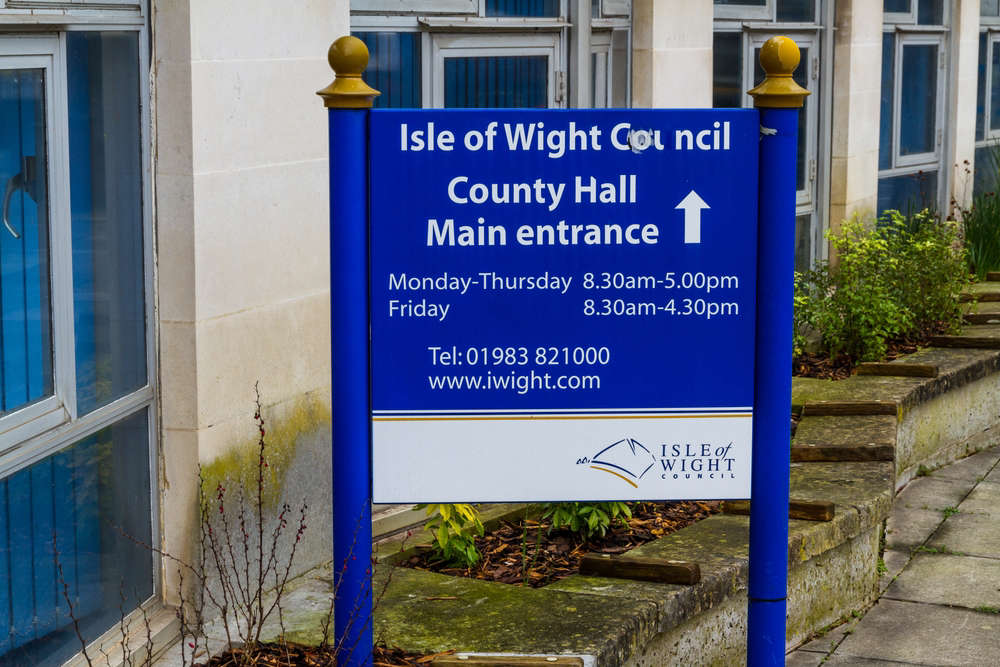 Major Investment To Transform Adelaide Care Home In Ryde
Major Investment To Transform Adelaide Care Home In Ryde
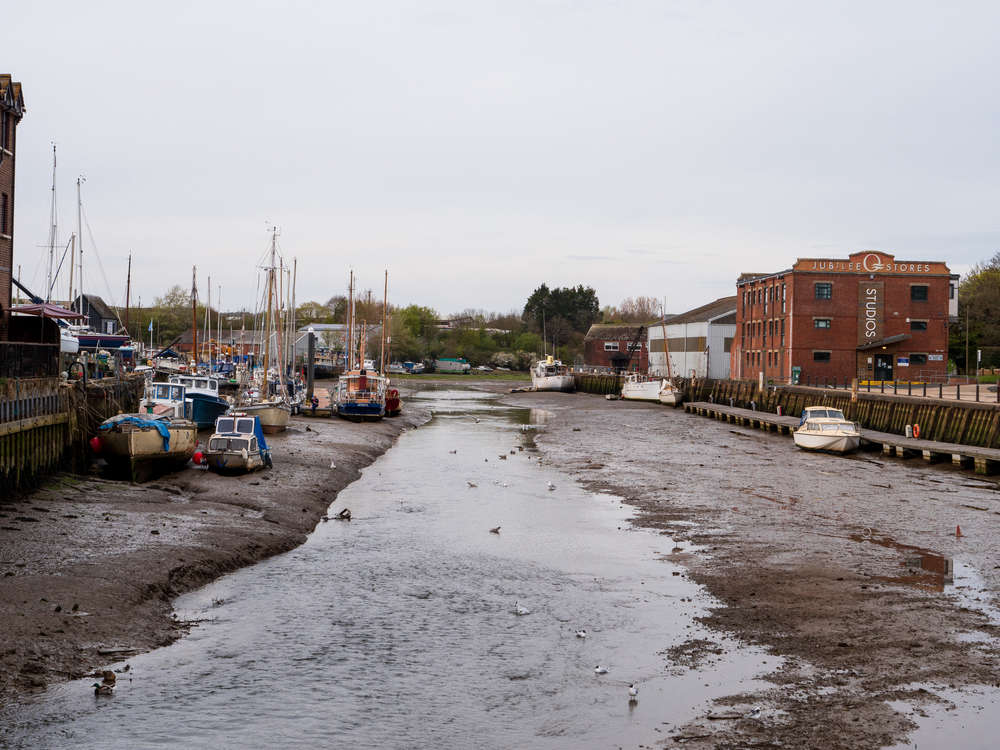 Call To Honour Island Heroes Of Dunkirk With Newport Harbour Memorial Cairn Given Green Light
Call To Honour Island Heroes Of Dunkirk With Newport Harbour Memorial Cairn Given Green Light
 MP Joe Robertson Hosts Round Table Discussion On Safer Phones
MP Joe Robertson Hosts Round Table Discussion On Safer Phones
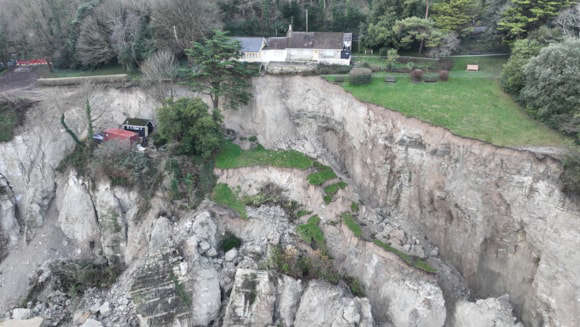 New Coordinator To Support Vulnerable Communities Affected By Landslides And Coastal Erosion
New Coordinator To Support Vulnerable Communities Affected By Landslides And Coastal Erosion
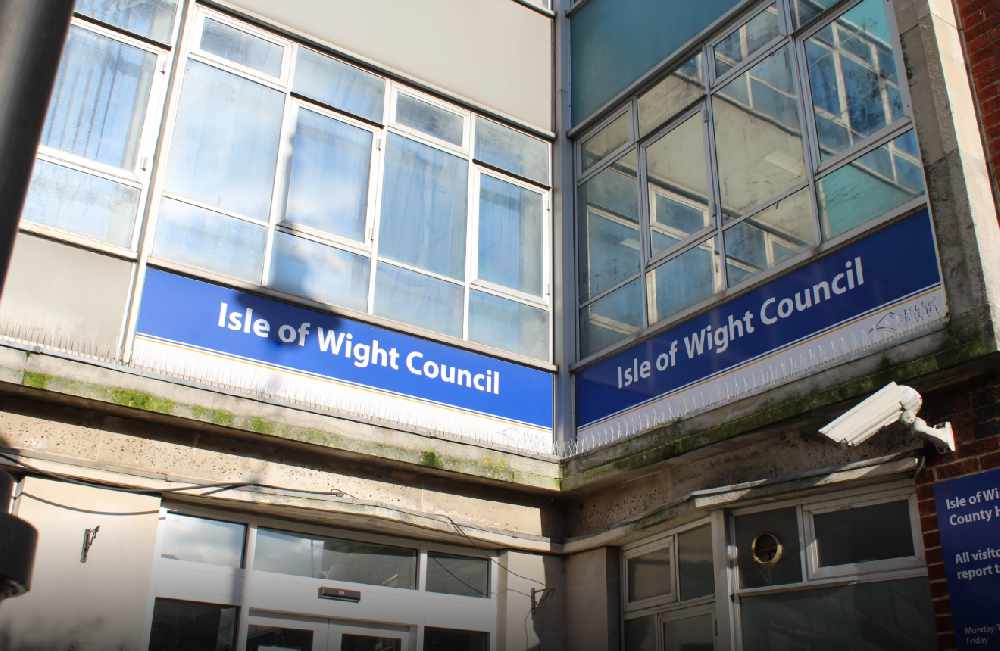 County Hall Watchdog To Carry Out School Closures Scrutiny
County Hall Watchdog To Carry Out School Closures Scrutiny
 Appeal Following Serious Wootton Bridge Collision After Man In 40s Injured
Appeal Following Serious Wootton Bridge Collision After Man In 40s Injured
 Cowes Enterprise College Sixth Form Triumphs In Island-Wide Resilience Challenge
Cowes Enterprise College Sixth Form Triumphs In Island-Wide Resilience Challenge
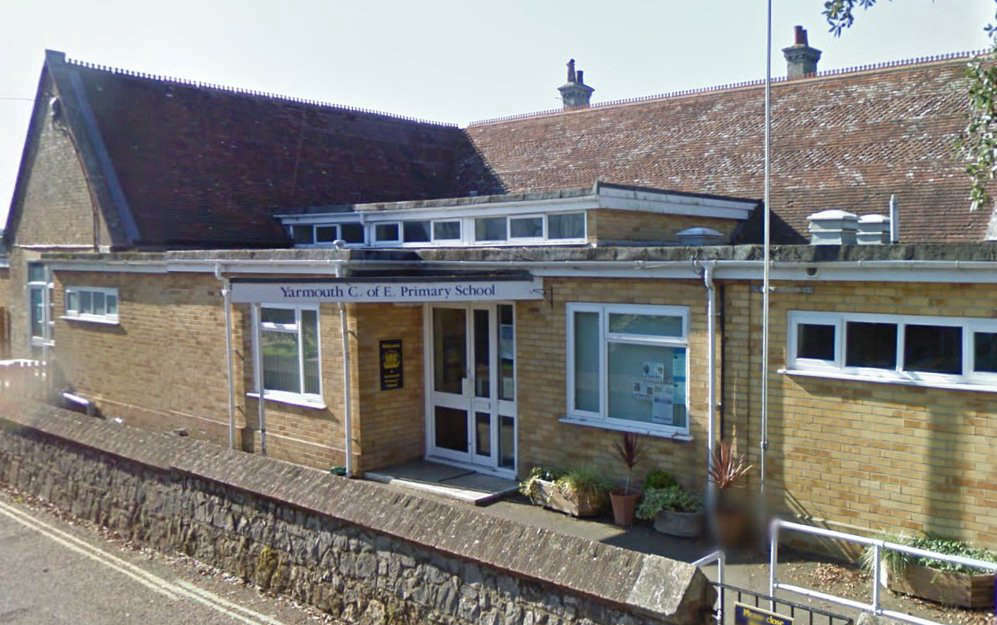 Sale Of Former Primary School Site To Charity Set To Go Ahead
Sale Of Former Primary School Site To Charity Set To Go Ahead
 Takeaway Outlet Experiencing 'Trading Problems' Could Be Converted Into Retail Store
Takeaway Outlet Experiencing 'Trading Problems' Could Be Converted Into Retail Store
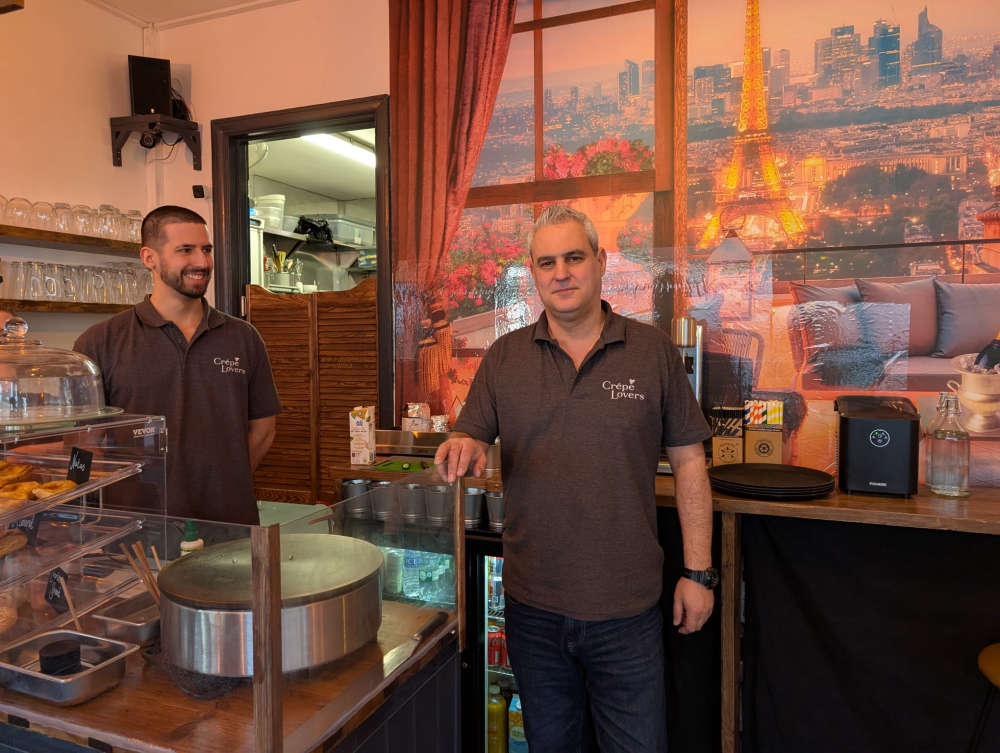 Popular Ryde Restaurant 'Crepe Lovers' Opens Second Island Eatery In Newport
Popular Ryde Restaurant 'Crepe Lovers' Opens Second Island Eatery In Newport
 Secondary School Offers Made To Island Children
Secondary School Offers Made To Island Children
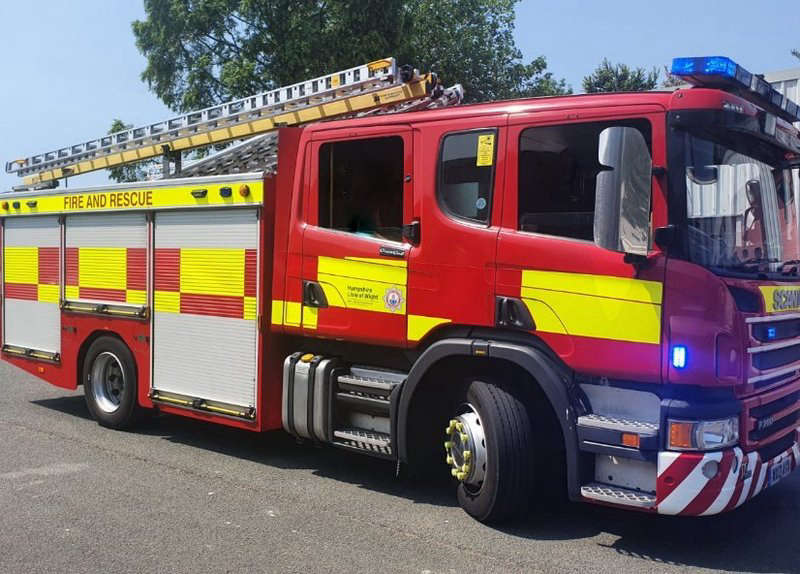 Shanklin Garage Fire Leads To Emergency Service Call-Out
Shanklin Garage Fire Leads To Emergency Service Call-Out
 Mountbatten CEO 'Delighted' Following Government Funding Of More Than £330,000
Mountbatten CEO 'Delighted' Following Government Funding Of More Than £330,000
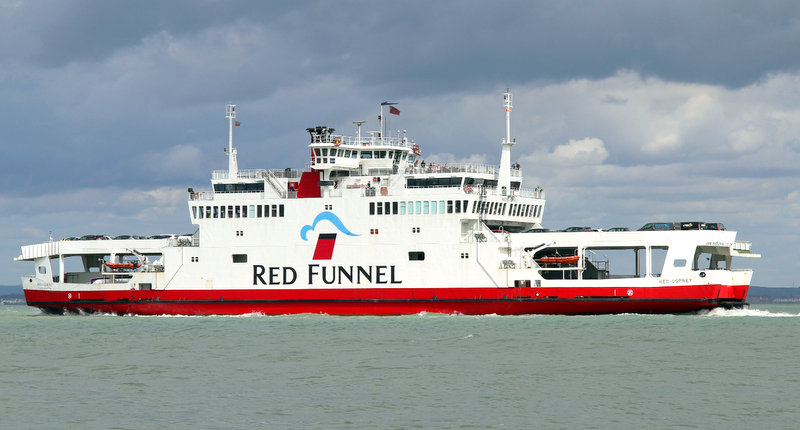 Red Funnel Services Delayed For Up To 90 Minutes As Result Of Fog Disruption
Red Funnel Services Delayed For Up To 90 Minutes As Result Of Fog Disruption
 Councillors Spar Over Conservative 'Affordable Housing' Budget Amendment
Councillors Spar Over Conservative 'Affordable Housing' Budget Amendment
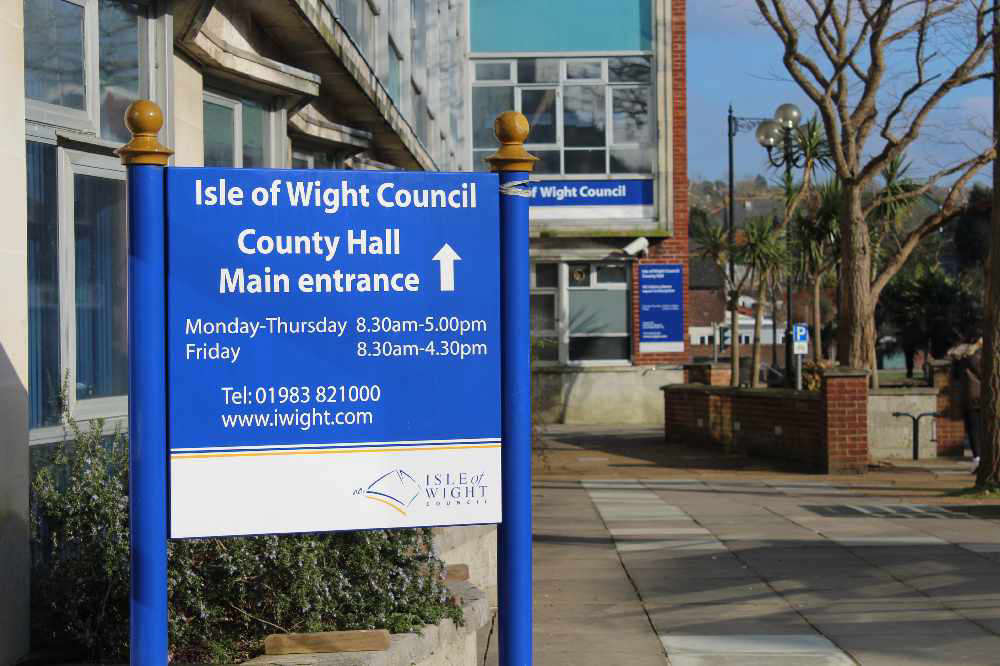 Island MPs At Odds Over Motion Defending County Hall's Independence
Island MPs At Odds Over Motion Defending County Hall's Independence


